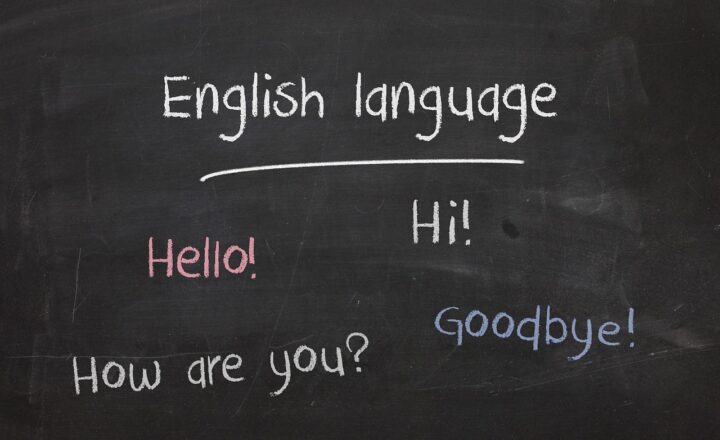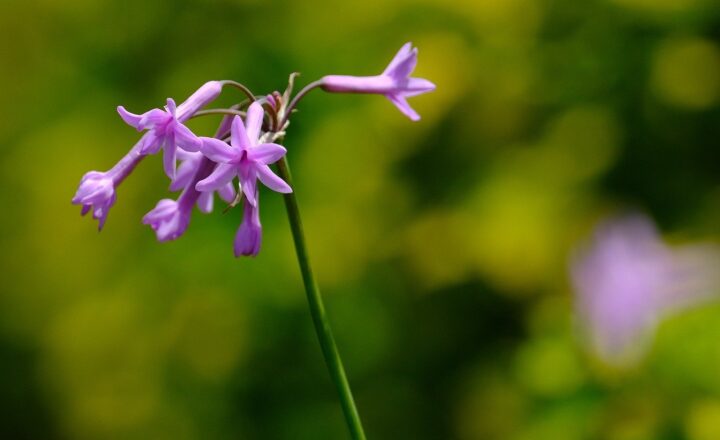Cultural Mosaic: Celebrating Diversity Through Language and Traditions
November 18, 2024

The beauty of our world can often be captured in one term: cultural mosaic. This concept encapsulates the diversity in traditions, languages, and practices that contribute to humanity’s rich tapestry. Understanding and celebrating cultural diversity not only enhances interpersonal relationships but also broadens our perspectives on life. In this article, we explore how language and traditions contribute to this beautiful cultural mosaic, enriching our lives and fostering a deeper understanding of one another.
1. What is a Cultural Mosaic?
The notion of a cultural mosaic signifies a society that acknowledges and values the uniqueness of its constituents, rather than enforcing a singular cultural narrative. This term is often contrasted with the idea of a melting pot, where cultures are blended into one homogeneous identity. A cultural mosaic celebrates the coexistence of different cultures, allowing them to thrive in their own right while contributing to the broader fabric of society.
This multifaceted diversity is everywhere—shaped by traditions, languages, cuisine, art, and more. Celebrating it enriches communities and fosters inclusiveness, understanding, and acceptance, allowing us to learn from one another and appreciate unique cultural expressions.
2. The Role of Language in Cultural Diversity
Language is more than just a tool for communication; it is the vessel through which culture expresses its values, beliefs, and traditions. Each language carries centuries of history and unique worldviews, deeply intertwined with the identities of the people who speak it. Here are a few critical ways language plays a pivotal role in cultural diversity:
- Preserving Cultural Heritage: Languages often encapsulate folklore, rituals, and wisdom passed down through generations. Many indigenous languages carry unique words that describe cultural practices and natural phenomena that are not easily translatable into dominant languages, preserving a wealth of knowledge and cultural specifics. This preservation is vital as many languages face extinction in the contemporary world.
- Fostering Identity and Unity: Language is a crucial aspect of personal and communal identity. For many communities, speaking their native language fosters a sense of belonging and unity, reinforcing their cultural identity in the face of globalization. Groups often rally around their native language, using it as a rallying call to protect and celebrate their culture with pride.
- Facilitating Cross-Cultural Communication: Learning new languages is one of the most effective means to understand and appreciate other cultures. It opens doors to new perspectives, fostering mutual respect and connections with diverse groups. By engaging with different languages, individuals can traverse cultural boundaries and build bridges of understanding.
Language learning is not just about grammar and vocabulary; it also involves immersing oneself into a community’s culture, recognizing its values and way of life. This path empowers individuals to celebrate differences and appreciate cultural nuances, promoting harmony and unity in diversity.
3. Traditions: The Heartbeat of Cultures
Traditions breathe life into cultures. They represent the customs, beliefs, rituals, and practices handed down through generations. Diverse traditions can be seen in festivals, clothing, dietary practices, and artistic expressions, each representing a unique facet of a culture. Celebrating these traditions contributes to a vibrant cultural mosaic by:
- Strengthening Community Bonds: Participating in traditional festivals or ceremonies fosters a sense of belonging and connection within a community. These gatherings bring people together, allowing individuals to share stories, perform rituals, and celebrate their heritage, thereby creating a strong social fabric.
- Promoting Cultural Awareness: Celebrating diverse traditions enhances cultural awareness and appreciation. It encourages learning about different customs, which fosters positive relationships among individuals from different backgrounds. Awareness promotes respect, compassion, and empathy as people recognize not only the uniqueness of each tradition but the universal themes that connect all humanity.
- Inspiring Creativity and Innovation: Tradition can spark creativity as individuals draw from their cultural heritage to innovate and express their artistry. Art forms like dance, music, cuisine, and fashion often reflect a blend of traditions, creating new interpretations that honor the past while embracing change. These artistic expressions become powerful tools for bridging cultural gaps and emphasizing shared experiences.
By immersing ourselves in diverse traditions, we contribute to a richer cultural narrative. Each festival, custom, and practice adds a new texture to the cultural fabric, making our world vibrant and dynamic.
4. Global Celebrations of Diversity
Around the globe, many festivals and events celebrate cultural diversity, showcasing the richness of human experience. Some of these celebrations include:
- The International Day of the World’s Indigenous Peoples: Every year on August 9, this day highlights the unique cultures and contributions of indigenous peoples worldwide, promoting the preservation of their languages and traditions.
- World Culture Day: Celebrated on April 21, this event encourages appreciation of all cultures, advocating for cultural diversity and respect. Through music, dance, and art, communities gather to celebrate their rich tapestries of customs.
- Chinese New Year: Celebrated by millions around the world, this festival marks the transition of the lunar calendar and is characterized by traditional performances, family gatherings, and culinary feasts, embodying vibrant cultural practices and blessings for the year ahead.
- Carnival in Brazil: This world-famous festival showcases Brazilian culture through music, dance, and flamboyant parades, uniting people of all backgrounds in a celebration of life and vibrancy.
Each of these festivals provides an opportunity for communities to not only celebrate their unique heritage but also learn and respect other cultures, enhancing global unity and understanding.
5. Conclusion: Embracing the Cultural Mosaic
In an increasingly globalized world, embracing cultural diversity is more important than ever. The celebration of language and traditions serves as a bridge to understanding one another, enhancing relationships, and nurturing a spirit of inclusivity.
As individuals, we can contribute to this beautiful mosaic by learning new languages, participating in cultural celebrations, and sharing our unique traditions with others. By doing so, we foster an environment where differences are celebrated, and cultures flourish. Together, we can weave a vibrant tapestry of human experience, enriching our lives and leaving a legacy of love and acceptance for future generations.
Let us engage, explore, and respect our diverse cultures, effectively nurturing a world where each thread in the cultural mosaic adds to the beauty of the whole.








